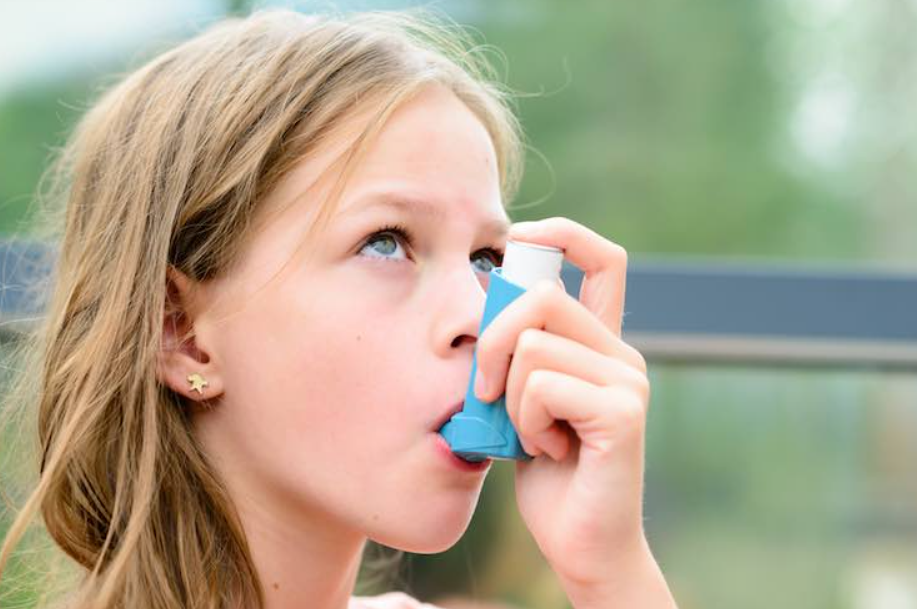During last week’s full council committee meeting, Councillor Bridget Fishleigh called for greater investment in air quality monitoring in Brighton and Hove, but why do we need it?
Ella Kissi-Adoo-Debrah, a nine-year-old girl from London, died as a result of an asthma attack caused by air pollution in 2013.
She is the first person in the world to have air pollution officially recorded as a cause of death.
However, 32,000 people die early every year in the UK after being exposed to dirty air, with many more people suffering poor health.
During the years prior to 2013, Ella’s mother did not have sufficient information about when and where air pollution was better or worse, how it changed day to day and how it differed throughout the year.
Shocking to some residents, during 2019, some areas of Brighton experienced similar levels of nitrogen dioxide (NO2), a pollutant harmful in itself but also a marker for traffic-related pollution, to that which Ella breathed in at her home and while walking to school on the South Circular Road in London.
For example, for 2019, the most recent year for which figures are available, North Street suffered almost double the legal yearly legal average and London Road, on exactly the same location to where new homes are being built today, recorded 50 per cent above the legally allowed average.
Brighton monitors 54 locations using diffusion tubes that record yearly averages only.
It also monitors three locations using more sophisticated real-time equipment, however, only one of these, the one located in Preston Park, broadcasts its results publicly in real time.
The council also publishes a map of the city that shows yearly average pollution levels.
My view is that for annual averages of nitrogen dioxide, Brighton does a good job.
However, there are a number of deficiencies that occur by not having access to real-time levels of pollutants in the air.
Those individuals whose health is at risk if exposed to air pollution will benefit from knowing what the air is like on busy and polluted roads as well as in the parks at different times of the day.
This information will allow them to alter their route, delay their journey or simply close their windows if pollution is high.

It is difficult to predict and forecast air quality levels due to the number of fuzzy variables. The weather, traffic levels, type of vehicles on the road, type of pollutant and the import of dirty air from outside of Brighton can mean very clean air one day but harmful air the next.
Tall buildings close to busy roads with no gaps between them can make air dispersal worse and traffic flow changes can affect congestion.
On the other hand, a move to less polluting vehicles or ultra-low emission zones can reduce emissions while green vegetation barriers and distancing motor traffic from people can lower exposures.
With portable monitors these changes could possibly be assessed more rapidly.
Log burners and fire pits are more trendy than ever but are responsible for emitting harmful particulates. There is very limited official data of particulates in residential areas.
The public monitor in Preston Park sometimes stops working for a few hours and there is no alternative.
As Professor Jonathan Grigg said during Ella’s inquest, parents of children with severe asthma should have access to equipment to monitor air pollution levels outside their home.
People’s health should be central to this topic and I believe the barrier to solving much of the above has been investment.
The “report to prevent future deaths”, by the coroner Philip Barlow, that said greater awareness of pollution levels would help individuals reduce their personal exposure and air quality monitoring should increase.
If there is more information available on where and when pollution is high, vulnerable people will be able to take steps to avoid it more easily.
Please, Brighton and Hove City Council, invest in good air quality.
Adrian Hill is a campaigner with Clean Air for Brighton and Hove.











Congratulation to Cllr Fishleigh for actually doing something about this. You would have to ask why the council is not from the offset been monitoring all new road schemes? Why it took until March to do any monitoring on the OSR? Why we have no monitoring on the new Madeira Drive layout?
Hmmm.
We should all be concerned about air pollution – and the reasons that cause it.
But we should also not lose sight of the fact that, as a coastal resort, we have very little air pollution.
This is not London or any other land-locked city.
As with most areas, when there is high pressure overhead (as now) the air is stagnant and non-moving, but when we have lower pressure the sea breezes and cold fronts clear the air.
Our biggest pollution hotspot is North Street, and that’s because this is the major cross-city bus route where the council redesigned the road layout, removing bus laybys, to mean it became less easy for buses to pass other route buses when they were taking on passengers. It was an own goal, and one yet to be addressed.
(Instead, you get some stupid childish voice on the cross city bus route, telling you that “you are now entering the city’s pollution free zone” – or whatever the annoying virtue signalling wording is. And at that point, you know it’s time to get off that bus, because the route slows up considerably, and it’s usually quicker to walk) .
We have the council’s strategy to reduce car use in the city – an admirable idea, if it were not for the cultist way the current council intend to go about this, which is simply by closing roads.
And closing roads – with no public transport alternative and with no park and ride schemes provided – merely displaces traffic and creates longer journey times and bigger traffic logjams. So we then get more pollution. This is what I call ‘fake green’, because it doesn’t stack up.
It feels like this council are actually intent on creating more pollution. They are not providing us with any sustainable alternative means of getting around.
‘Active travel’ only works for those of us already cycling or walking – and is hopeless for others who live way up a hill or who share a fifth floor flat or terraced house with no bike storage. There are no improvements offered for our public transport system, and privatised buses are being slowed. There are no park and ride schemes for visitors. And there’s no free flowing traffic or alternative fast-track cross city routes.
Luckily, the sea breeze eventually arrives and cleans up this hot air madness.
Next week, hopefully.
A correction to your comment Billy. Brighton has the third most polluted spot in the country, the most polluted and the sixth most polluted spot in the south east region and at least the three most polluted spots in Sussex. These areas are averages for an entire year and not just the odd day of high pollution. Many of Brighton’s busy central roads suffer pollution that is over legal levels and is harmful to health.
In terms of the barrier to cycling being hills and no storage, do what I do; convert a folding bicycle to electric (I recommend Nano Motors) or buy a prebuilt electric ebike. That way storage nor hills are a barrier to cycling and it will be much cheaper and much quicker to get around the city than the bus or driving.